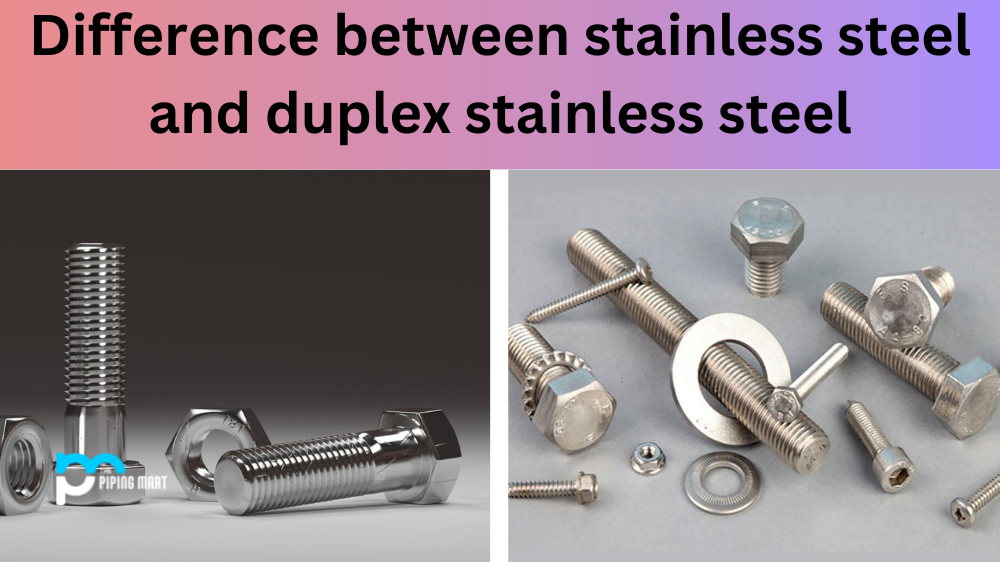Understanding the basics of galvanic corrosion is essential when working with brass and steel. Galvanic corrosion occurs when two dissimilar metals are placed in an electrolyte solution, like water, and a small electrical current is established between them. This article will look at galvanic corrosion and how it affects brass and steel.
What Is Galvanic Corrosion?
Galvanic corrosion occurs when two different metals are placed in an electrolyte solution, like water, and a small electrical current is established between them. This current causes a chemical reaction between the two metals, resulting in one metal eroding faster. This corrosion can occur even without direct contact between the two metals.
Galvanic Corrosion Between Brass and Steel
When brass and steel are placed together in an electrolyte solution, there is potential for galvanic corrosion to occur. This type of corrosion usually starts at the points where the two metals meet or come into contact with each other. As the current passes from one metal to the other, it causes the steel to rust faster than usual due to its lower corrosion resistance compared to brass. To minimize galvanic corrosion between these two materials, separating them or using a non-conductive material such as paint or plastic between them is essential.
Preventing Galvanic Corrosion
You can take several steps to prevent galvanic corrosion from occurring between brass and steel. The first step is to ensure they do not come into direct contact with each other; you should also use non-conductive materials such as paint or plastic to separate them further. Additionally, it helps if you can reduce exposure of both materials to moisture by using sealants or coatings on exposed surfaces; this will help slow down any potential galvanic action that may occur over time. Finally, regularly inspect your setup for signs of wear or damage that could increase the possibility of galvanic action taking place. If any symptoms are present, consider replacing components or taking additional preventive measures before further damage occurs.
Conclusion:
Overall, understanding how galvanic corrosion works and how it affects brass and steel is essential for anyone working with these materials regularly – especially those who live near large bodies of saltwater such as oceans, where this type of corrosion can be accelerated due to higher levels of conductivity in seawater compared to fresh water sources found inland. Taking steps like keeping dissimilar metals separated by non-conductive materials, reducing exposure to moisture, and regularly inspecting your setup for signs of wear or damage can help mitigate any potential problems caused by galvanic action before they become too severe. Doing so will help ensure that your setup lasts longer while also helping save money spent on repairs over time!

Pipingmart is a B2B portal that specializes in metal, industrial and piping items. Additionally, we share the latest information and information about materials, products and various types of grades to assist businesses that are involved in this business.




